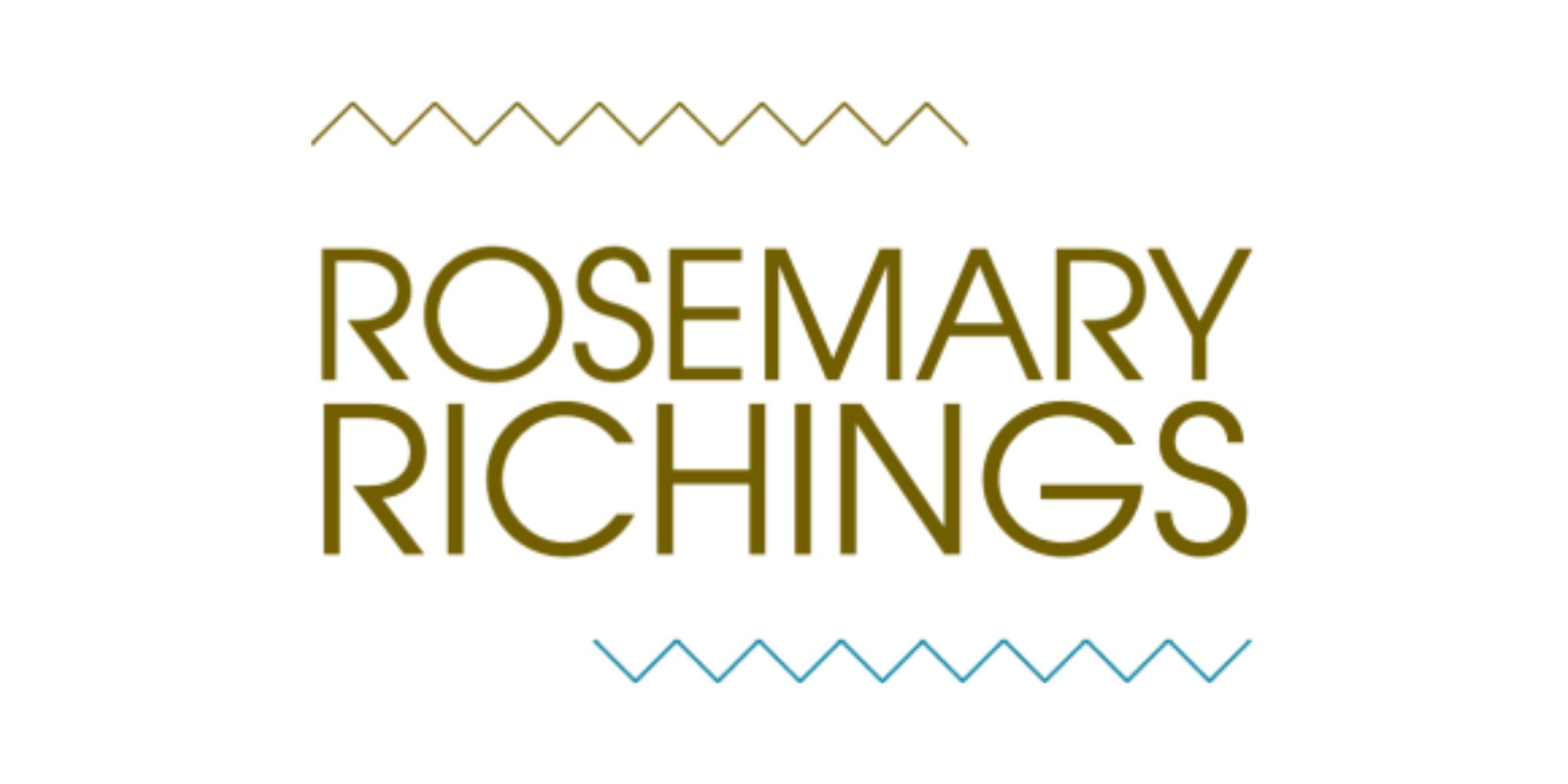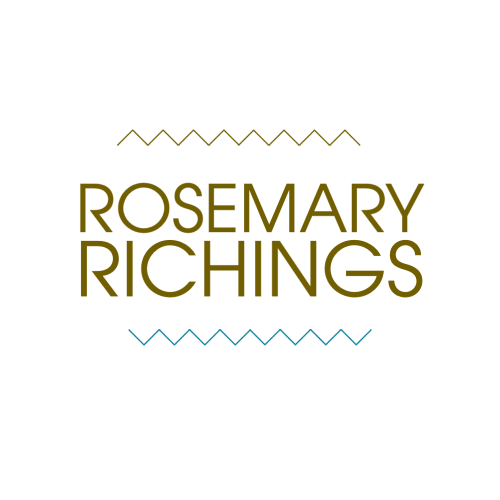My approach to my content strategy is a direct response to my experiences with my clients. In fact, when I first started freelancing I started off as just a writer. But then I realized that my clients needed a lot more than “just” that. There were key questions to consider as well. How does social media and email marketing fit into all this? What about search engines? What should they write about? How about photos, promoting content, etc?
When I did my content strategy sessions for the very first time I had to answer a very important question
How can I make my content strategy as straight-forward as possible? Especially if it’s someone who isn’t as with it about the latest apps and technology as I am. After a great deal of trial and error, I found an approach that works for me. Here’s what that actually looks like.
1) Before clients schedule my content strategy sessions, they have homework to do…
In my content strategy sessions, I get people to answer challenging questions about their business. Although a lot of them are quite challenging, they’re also important things that the media, customers, and investors will want to know more about in the future:

Clients rarely know what information I need to do my work effectively. So, the six questions for new clients PDF helps clients focus on the questions I need answers to, in order to effectively help them.
Yet, I’ve found that it’s much more effective if they have the chance to fill out the questionnaire at least 24-48 hours before the strategy session…
That way, they feel less under pressure, and are able to ask for help at their own pace. This questionnaire is an important part of not only my content strategy sessions, but also my onboarding process for all my services.
When I spoke to business owners about what worries them the most about working with writers, communication came up a lot. Since It’s hard to craft content based on the look and feel of a specific brand, that makes a lot of sense. Yet I often find that when things don’t work out, it’s a two-sided issue.
Although it’s often the writer’s fault for not asking the right questions, it’s often the clients fault as well, for not expressing what they want clearly enough. My questionnaire helps bridge the communication barriers between myself and my clients, no matter how much experience they have working with writers.
And when these questions don’t do the trick, I can always rely on answers to the following question:
“Can you show me examples of similar types of content that you like? And what do you like about it?”
2) I get people to focus on a limited amount of platforms
During my content strategy sessions, I’ll always ask people to share they’re already using to put themselves out there.
Because this allows me to take a diagnostic approach to the content strategy session. First, I ask what’s wrong. Then I ask questions. This process typically stops when one of their answers helps me clue into a perfect solution.
However, far too often my clients’ problems are based on one of the most common misconceptions: the pressure to show up on all platforms.
This leads to a lack of focus, which fosters a disappointing ROI. But the dead giveaway that this is what’s really happening are statements like this:
“I heard it’s helpful to show up on Facebook, and I have an account. But I rarely show up on Facebook. Because I’m also on Twitter, LinkedIn, Pinterest, YouTube, and Instagram, and I also want to set up accounts on a few other platforms. But I never have enough time to show up on all my social media platforms, and my reach is terrible.”
That’s exactly why I always challenge people to focus on a maximum of three platforms, and a minimum of two. Because this helps keep their content and their strategy focused, while reaching people on more than one platform.
3) I teach people to find a 50/50 balance between automation and spontaneity
I totally get it. We’re all busy people, and don’t want to be on social media all day long. So, I do my best to make sure that there’s the perfect balance between what people automate, and what people show up at a specific time to share with people.
When it comes to automation, this sometimes involves a conversation about how clients can find the right social media management tool and take advantage of its features. E.G: IFTT’s “if there’s a new post on Facebook, then there will be a new post on Pinterest” feature.
Other key conversations include publishing schedules, how often clients will post, and what they’ll talk about on their chosen platforms.
4) I never forget about the target audience
Because if the client isn’t choosing a platform that their target audience gravitates towards, they’re wasting their time and money.
So, the most important thing I do for people is this; I help them find the perfect balance between what works for the target audience, and what works for them. That’s exactly why we’ll always dedicate time to conversations about the client’s target audience.
When we have this conversation, I’ll keep referring back to the target audience. Because this helps justify why a specific platform might (of might not) be a good idea. However, if what the target audience wants is different than what the client is comfortable with, I’ll always dedicate time to helping them find a workaround.
But the most important thing to remember is this: my content strategy sessions are designed to accommodate a variety of circumstances
In fact, my content strategy sessions have been frequently modified to make sense as phone calls, video calls, and in person meetings. So, I’m used to adjusting the sessions in order to accommodate a variety of environments, group sizes, priorities, and goals.
Although some aspects of its structure may vary, the goals never change. In fact, when people pay for these sessions, they want their social media marketing, email marketing, and content creation to make sense together.
Because if your marketing doesn’t make sense together, your content won’t get the reach it deserves.
Interested in my content strategy sessions?
PS: New articles are published bi-weekly on Mondays. Browse more posts:
50+ B2B articles →
100+ writer-to-writer articles →




